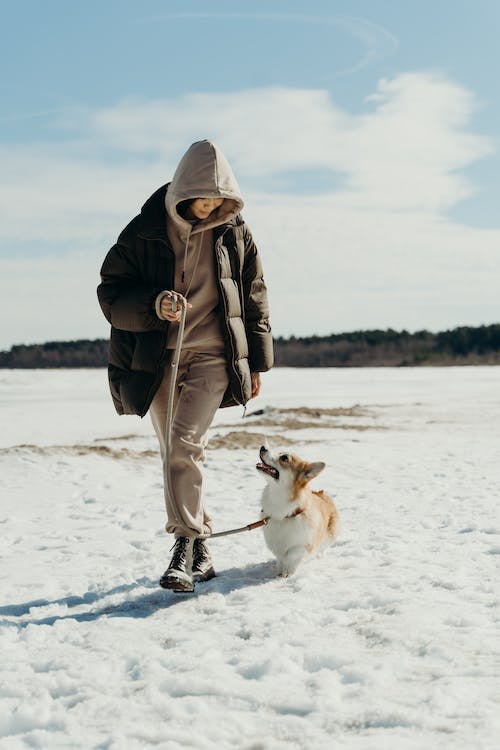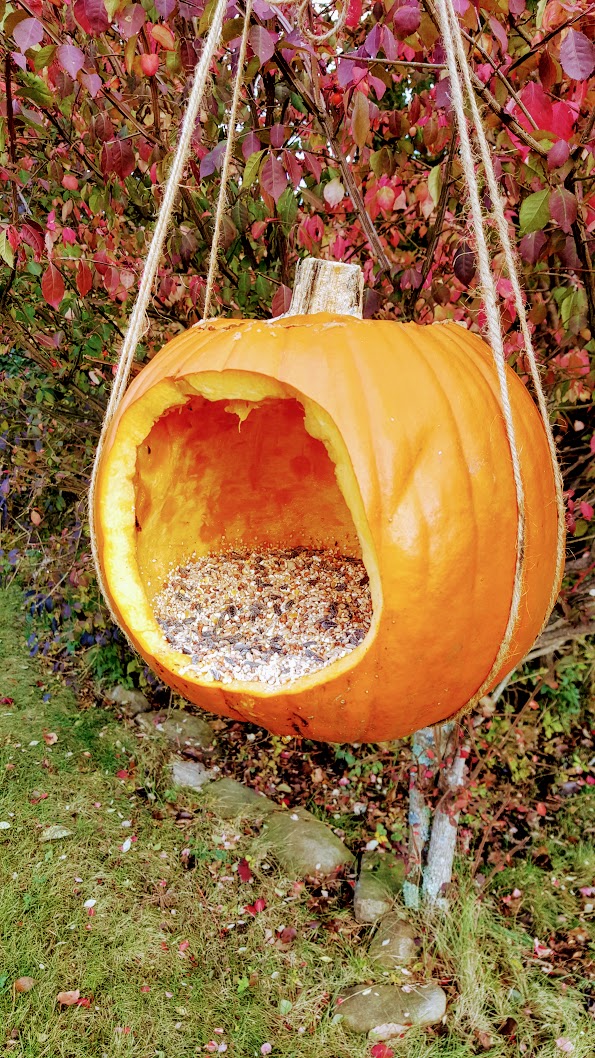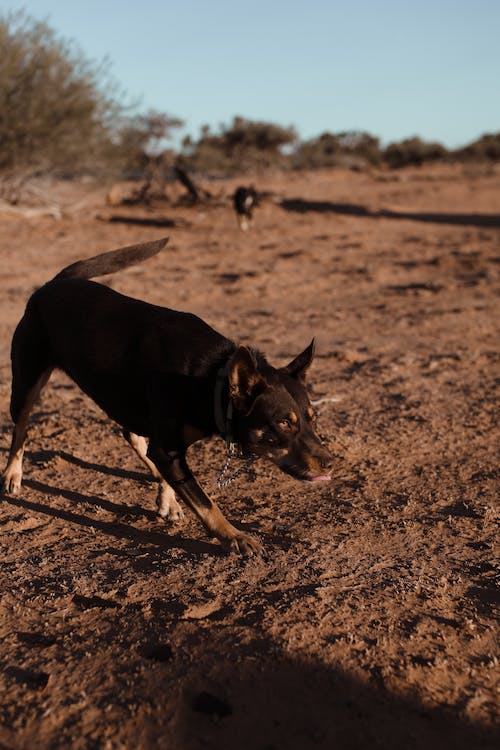One of the first and most important skills dogs should learn is responding reliably when called by name. A solid name response lays the foundation for more advanced training and helps keep your dog safe. With consistency and positive reinforcement, dogs can quickly master recognizing their name.
Choose a Suitable Name
Pick a name that is:
- Two syllables for ease of recognition and clear enunciation.
- Distinctive from common commands like “no” or “sit.”
- Avoid names that sound like negative words to prevent confusion.
- Does not closely resemble names of other family pets or people.
Selecting a clear, unique name will help your dog distinguish it from other words right from the start.
Use Your Dog’s Name Frequently
Use your dog’s name continually in a variety of situations:
- During play when engaging with toys and treats
- While petting and praising them
- When feeding meals and giving chews
- While going on walks and outings
- As a marker word before commands like “Fido, come!”
Regularly pairing the name with fun activities and positive interactions establishes strong recognition.

Say Their Name Before Offering Attention or Rewards
Only pet, praise, treat or play with your dog immediately after saying their name. This teaches that responding to their name earns them good things. Examples:
- “Fido!” then immediately pet or treat.
- Open the door and say “Rover!” before inviting them outside.
- Toss a toy while saying “Buddy!” so they associate play with their name.
This stimulus-response conditioning cements the name’s significance.
Practice Name Response Drills in Distraction-Free Settings
Set up short daily sessions practicing name response in a quiet room free of distractions.
- Say their name, then immediately reward with a treat when they look at you.
- Increase distance and use happy, encouraging tone of voice to capture their focus.
- Vary how frequently you use their name to avoid predictability.
- Keep training sessions short, upbeat and rewarding.
Drills strengthen the name-look reflex before testing it in public settings.
Test Reliability Off-Leash in Secure Areas
Once your dog responds reliably to their name indoors, begin testing it in enclosed outdoor areas like fenced yards where they can drag a long leash:
- Randomly call their name then use excited praise and treats for turning toward you.
- Practice with light distractions present at first, like toys or other pets.
- Expect less than perfect response at first when outdoors and slowly increase distractions.
- If they fail to respond, gently lead them back to you with the leash without punishment.
Outdoor training takes patience but boosts real world reliability.

Use Their Name During Everyday Activities
Incorporate the name frequently into your daily routine:
- When feeding, use their name as you set the bowl down.
- Issue the name before opening doors or allowing access through gates.
- Insert the name during walks when allowing sniffing breaks or giving slack leash.
- Work on name response with progressively more challenging distractions like kids playing or squirrels.
Consistent real-world practice ensures the name remains meaningful and attention-grabbing.
Conclusion
Teaching a reliable name response provides huge safety and obedience benefits. With strategic rewards-based training and sufficient daily practice in all environments, dogs eagerly learn that their special name signifies wonderful things coming their way. Stay positive, patient and consistent, and your dog will learn that responding promptly when called is always in their best interest!
Frequently Asked Questions About Teaching a Dog’s Name
How long does it take dogs to learn their name?
With regular short training sessions, most dogs can master name response in under 2 weeks. Puppies may take a bit longer with shorter sessions and more real-world distractions introduced gradually.
What are signs my dog doesn’t know their name?
Lack of response to their name being called, ignoring the name, or responding better to other words are indicators a dog may not fully recognize their name.
Is it better to teach a dog’s name or sit first?
Prioritize name training, as this builds engagement and attention needed for cues like sit. A name grab must be reliable first before formal obedience training.
Why does my dog respond to other names too?
Dogs will often react to any words said in an animated, happy voice. Ensure you only reward for responding to the exact name, and avoid using similar sounding words.
What visual cues can I add when saying my dog’s name?
Pairing their name with pointing, waving, or hand motions toward you can provide additional focus.



